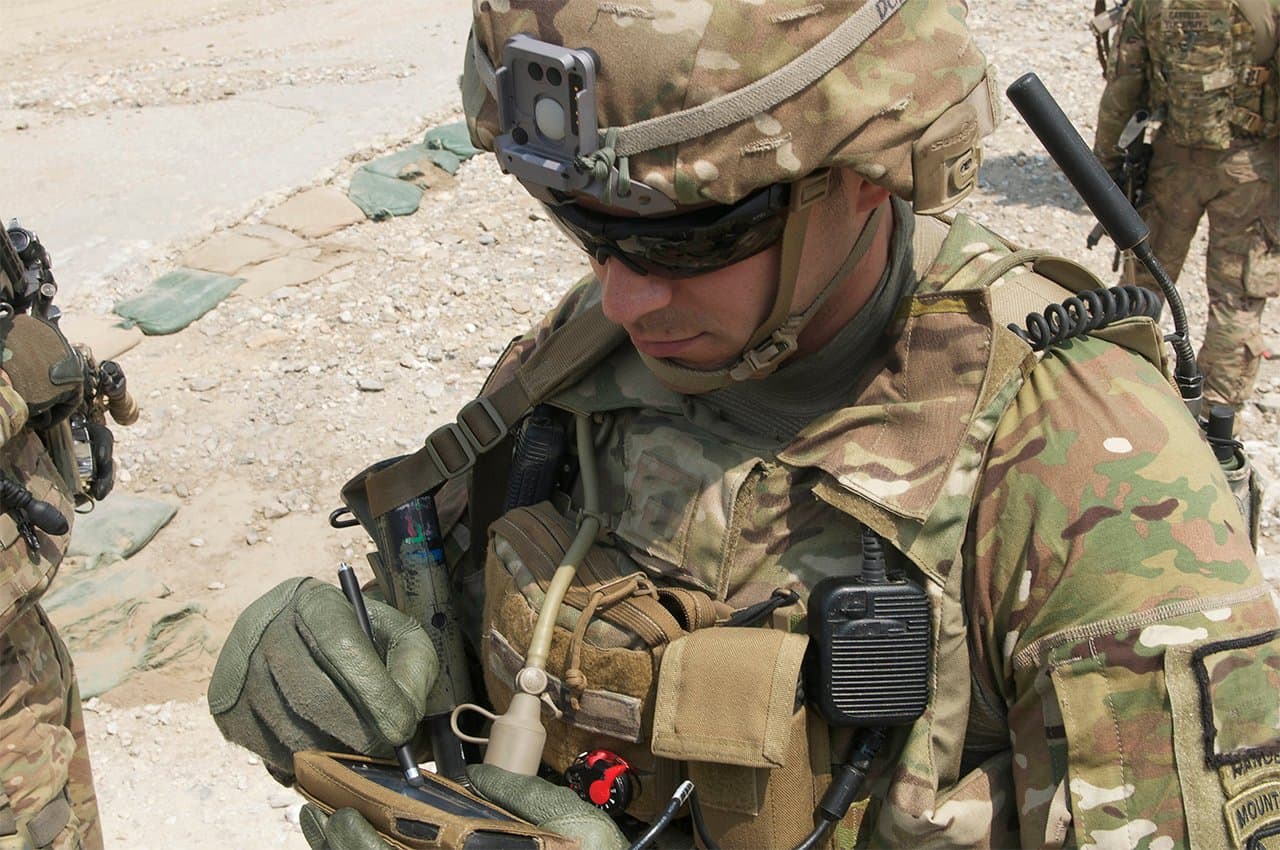You want to use LTE (Long-Term Evolution) for tactical communication. Before you add that system to your organization, assess whether it is a good fit. Use these steps to organize your decision making and stay prepared for your next tactical scenario.
Step 1: Assess Your LTE Team Knowledge
In a fast-moving tactical environment, stable communications are critical to avoid friendly fire, prevent civilian confusion and coordinate support. Using an unfamiliar communication system in a live tactical environment will only make the situation worse. Before you start to use LTE in your tactical organization, answer these three questions:
1.1 Who in my organization has experience and familiarity with LTE in a tactical environment?
1.2 Do I have access to third parties for maintenance and assistance with LTE when needed?
1.3 Has our organization ever used LTE in a live situation or an exercise in the past 24 months?
In larger organizations such as the military or national police forces, finding the right people who know about LTE is tough. To get started, look for people in communications and technology such as Army Communication and Information Systems Specialists in the Canadian Forces. Next, ask these individuals about their experience setting up field communication systems. In particular, look for experience establishing communications in unstable situations where there is minimal existing infrastructure to leverage. You may find that your communications staff are strong at satellite systems. Finally, reach out to commanders to ask who they turn to to establish secure communications. By going through these steps, you will be well placed to assess your team’s capabilities.
Resource: Not sure how to answer 1.1? Ask your staff if they are familiar with industry-leading standards such as NIST’s Guide to LTE Security. For added assurance, ask them if they have carried out LTE security tasks such as configuration and training others on how to use these systems.
Step 2: Assess Your LTE Operating Environment
After you understand the needs of your people, it’s time to consider your operating environment. For example, let’s say your organization is required to operate in remote areas such as Nunavut which depend on relatively limited satellite communications. In that case, your operating environment will be much more challenging. Use these assessment questions to discover how LTE will fit with your working environment.
2.1 What are the most common natural barriers you face in your operations? (e.g., storms, deserts, bodies of water)?
2.2 On a scale of 0-10, how much control do you have over your environment? (e.g., operating in an international war context would lead to a score of 1 or 2 while operating in a stable, well known domestic setting would score 6 or higher).
So far, we have looked at land environments but that is not the only place where LTE communications are used. In 2012, the US Navy began using a LTE system to communicate at sea. With an effective range of 20 nautical miles, this system delivered significant communications bandwidth up to an aggregate throughput of up to 300 mbps. That capability is significant because it enables sharing video feeds in a tactical operating environment instead of voice communication alone. This provides an excellent supplement to satellite communication which may be disrupted by weather and solar activity. If your systems cannot accommodate high quality video communication, your tactical communication will be at a disadvantage.
Step 3: Assess Your LTE Communication Alternatives
LTE communication systems offer excellent wireless communication, but they are not right for every situation. To put LTE in context, use these points to assess your alternatives.
3.1 Review the tactical communication systems you rely on for daily operations. Which systems do you share with other organizations or the public? Shared systems may have a higher risk of failure in crises due to heavy use by other parties.
3.2 Which of your communication systems have tactical level security protections in place? Without alternative secure communications, you are exposed to considerable security risk.
To help you create your communication inventory, make sure you cover the following systems:
- Military Satellite communication. Start with well-known systems like the US’s Wideband Global SATCOM system and look for other systems you have access to as well..
- Civilian Satellite communication. Civilian satellite phones have been around for years and may be helpful in some circumstances where security is a lower priority.
- Civilian Cellular communication networks. It may not be the most secure option, but civilian networks are widely available and should be considered.
- Legacy military radio communications. If your organization still has operational and reliable VHF/UHF systems in service, inventory those systems.
Reviewing Your LTE Answers And Next Steps
Now let’s put your answers together and determine next steps.
- The first scenario: you struggled to answer most of the questions in detail. In that case, your communications are relatively immature and need further developed.
- The second scenario: you answered half the questions with a high level of confidence. In that case, you are making progress but still have significant gaps.
- The third scenario: you confidently answered all the questions and found no gaps in your communications. In this case, we recommend putting your confidence to the test!
If you find that you depend on shared communications systems to a significant degree, you may need to invest in backup tactical communications systems. Otherwise, your command and control activities will be unreliable in a crisis.















